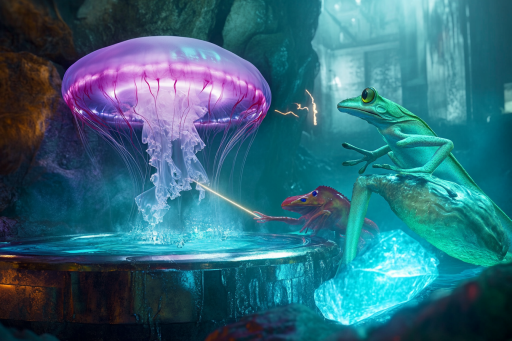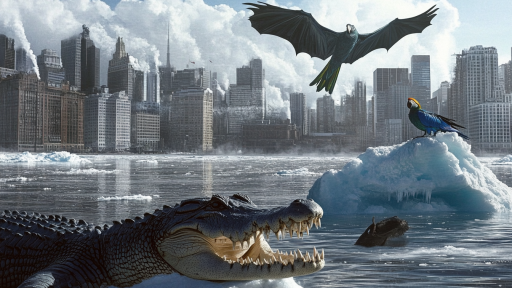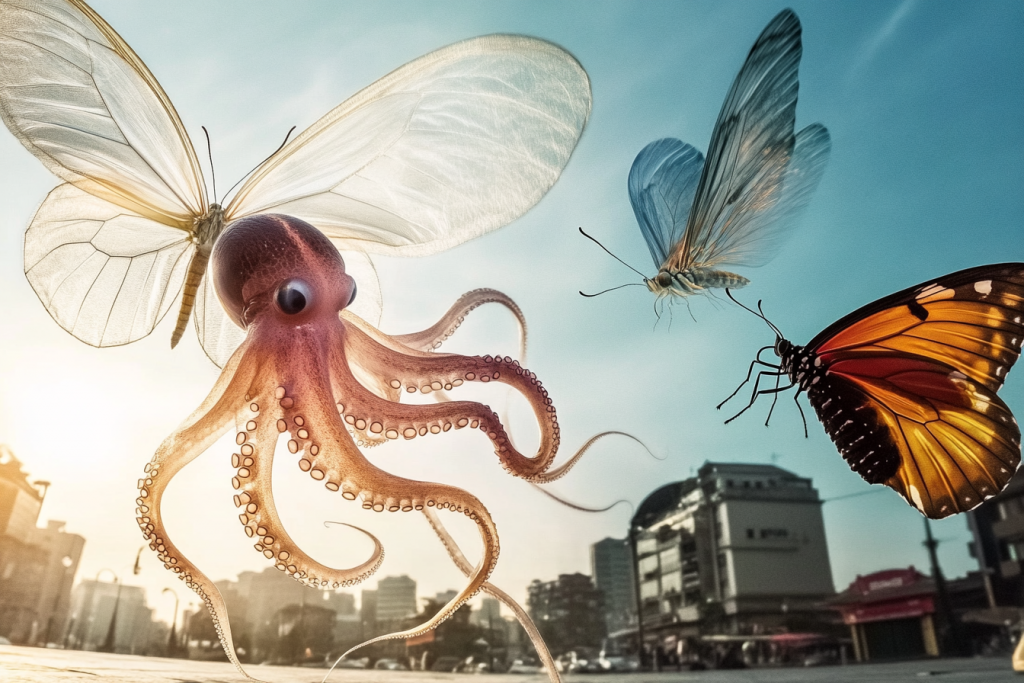
The animal kingdom is filled with astonishing abilities that seem to break the very rules of science. Some creatures can regenerate entire body parts, others harness forces of nature that scientists barely understand, and a few exhibit talents so bizarre that they seem more like superpowers than natural adaptations. These mind-bending traits push the limits of biology, physics, and even logic itself. What if nature still holds secrets that defy everything we think we know?
The Immortal Jellyfish That Reverses Aging
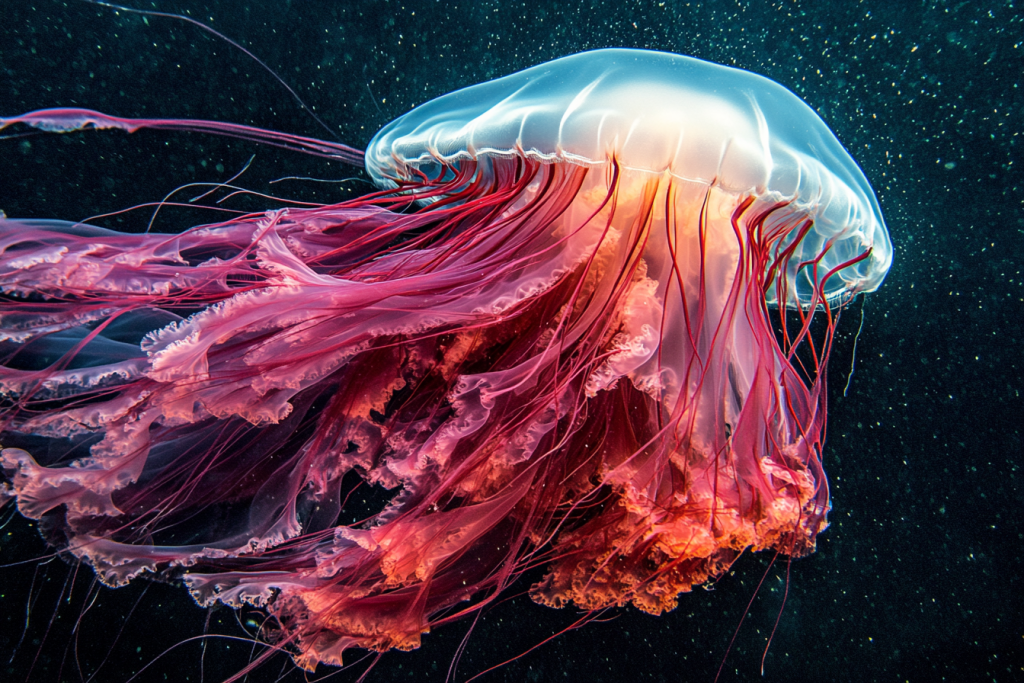
Deep beneath the ocean, a jellyfish exists that might hold the key to eternal life. Turritopsis dohrnii has the incredible ability to revert to its younger form whenever it is injured or stressed, essentially resetting its biological clock. Instead of dying like most organisms, it transforms back into a polyp and starts its life cycle over again. Scientists are still trying to understand how this process works and whether it could unlock the secrets of human longevity.
The Lizard That Grows a Second Head

Many lizards can regenerate their tails, but some have taken it a step further—growing an extra head in place of a lost tail. This rare phenomenon, seen in certain gecko species, stuns researchers because it defies normal biological patterns. Instead of regrowing a tail, the lizard ends up with two heads, each independently functional. The reason behind this strange mutation is still a mystery, but it challenges everything scientists thought they knew about regeneration.
The Shrimp That Punches with the Force of a Bullet

weapon. This small marine creature can snap its claw shut so fast that it creates a shockwave, producing heat nearly as hot as the sun’s surface. The force of the punch is powerful enough to shatter aquarium glass and even break the shells of prey. Scientists are studying this explosive ability to develop stronger materials and advanced underwater robotics.
The Frog That Freezes Solid—and Comes Back to Life

Certain species of wood frogs survive brutal winters by literally freezing solid. Their hearts stop beating, their blood turns to ice, and yet, when spring arrives, they thaw out and hop away as if nothing happened. The secret lies in special proteins and glucose that prevent their cells from bursting while frozen. If scientists could harness this natural antifreeze, it could revolutionize organ preservation and medical science.
The Octopus That Edits Its Own DNA

Octopuses are already known for their intelligence, but their genetic abilities are even more mind-blowing. These cephalopods can rewrite their own RNA to adapt to different environments almost instantly. This means they can change how their bodies function without waiting for slow evolutionary changes. Scientists are baffled by this ability, which is unlike anything seen in most other life forms.
The Bird That Imitates Chainsaws and Human Speech

The lyrebird of Australia is nature’s greatest mimic, able to replicate almost any sound it hears. From chainsaws and camera shutters to human speech and entire melodies, its vocal range is unmatched. Scientists are still unsure how the bird’s brain processes and stores such a variety of sounds. Its ability to learn and reproduce complex noises is so advanced that some wonder if it could eventually mimic artificial intelligence voices.
The Fish That Creates Electricity

The electric eel isn’t just a shocking predator—it generates enough voltage to power a small light bulb. Using specialized organs filled with electrocytes, it can deliver jolts strong enough to stun prey and even deter large predators. Scientists are studying this ability to develop bio-inspired energy sources that could change the way we harness electricity.
The Gecko That Walks on Walls and Ceilings

Geckos possess an ability that seems straight out of a superhero movie—they can cling to and run across almost any surface, including glass and ceilings. This is thanks to tiny hair-like structures on their feet that create molecular-level attraction forces. Researchers are working to replicate this ability to develop new adhesives and even climbing technology for humans.
The Spider That Builds Decoys of Itself

Deep in the rainforest, a tiny spider spins an eerie sight—a life-sized replica of itself, made entirely from debris and webbing. This self-made decoy confuses predators, making it difficult to tell which is the real spider. Scientists are fascinated by this rare ability, which suggests a level of planning and deception not often seen in insects.
The Beetle That Shoots Boiling Chemicals

The bombardier beetle has a built-in defense system that seems like something out of science fiction. When threatened, it releases a boiling-hot chemical explosion from its abdomen, powerful enough to deter predators. The ability to control a miniature chemical reaction inside its body has inspired scientists in fields ranging from materials science to military technology.
The Rat That Can Survive Without Oxygen

The naked mole rat is nearly indestructible—it’s resistant to cancer, feels little pain, and can live without oxygen for extended periods. Unlike most mammals, its body switches to a metabolism similar to plants, allowing it to survive in low-oxygen environments. Scientists believe unlocking this secret could lead to breakthroughs in treating strokes and heart attacks.
The Butterfly That Becomes Transparent

Glasswing butterflies have nearly invisible wings, allowing them to disappear into their surroundings like ghosts. Unlike other camouflage techniques, their wings don’t rely on color—they use microscopic structures that prevent light from reflecting. Researchers are exploring this unique adaptation for potential use in stealth technology and optical advancements.
The Worm That Regenerates Its Entire Body

Some species of flatworms possess one of the most baffling abilities in nature—if cut into pieces, each fragment can grow into a whole new worm. Their incredible regenerative power comes from special stem cells that seem to have no aging limit. Scientists studying these worms hope to uncover new ways to promote healing and longevity in humans.
The Mammal That Lays Eggs

The platypus is one of the strangest creatures on Earth—not only does it have a duckbill and webbed feet, but it’s also one of the few mammals that lay eggs. Even more bizarre, it produces venom and has the ability to detect electrical signals in water. Its mix of reptilian and mammalian traits continues to puzzle scientists trying to piece together its evolutionary origins.
The Jellyfish That Can Survive in Space

Scientists were astounded when jellyfish sent to space not only survived but adapted to microgravity. Unlike most Earth creatures, which struggle in zero gravity, these jellyfish developed new movement patterns and continued to function normally. The real mystery, however, began when they returned to Earth—many struggled to reorient themselves to gravity, raising questions about how life might evolve on other planets. Their strange adaptability to space conditions has intrigued researchers studying the future of interstellar life.
Some Questions May Never Have Answers
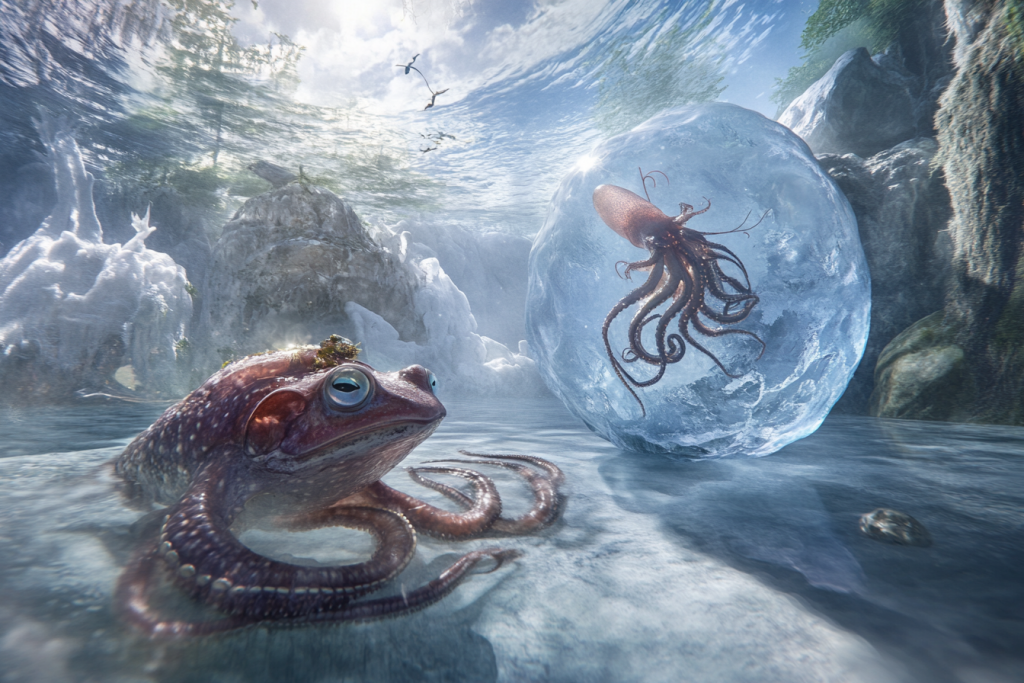
Nature has a way of bending the rules, revealing abilities that seem impossible by our current understanding of science. Are these creatures proof that the limits of biology are far greater than we ever imagined? With every new discovery, the gap between fiction and reality seems to shrink. Perhaps the next breakthrough will show that what we consider impossible is only the beginning.

